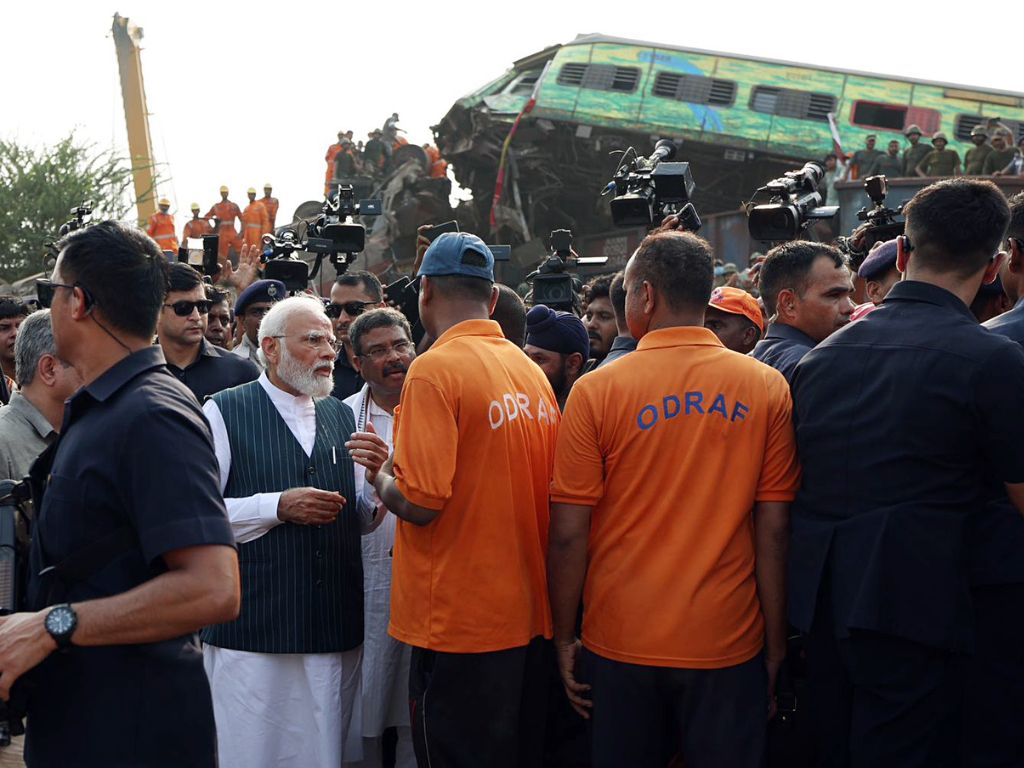- Thursday, April 24, 2025
The commission’s report found “wrong signalling” to be the main reason for the accident in which nearly 300 people were killed.

By: Shubham Ghosh
INDIA’S Commission of Railway Safety (CRS), which was investigating the horrific multi-train crash near Bahanaga Bazar railway station in Balasore district of the eastern state of Odisha on June 2, has found in its inquiry that multi-level lapses resulted in the disaster in which nearly 300 people were killed and more than 1,000 were injured, the PTI has reported.
While the elite Central Bureau of Investigation (CBI) is also looking into the accident, the CRS also carried out a probe. The body, which comes under the ministry of civil aviation, is a central government that entity deals with railway safety and investigates accidents on tracks.
The commission’s report found “wrong signalling” to be the main reason for the accident and flagged “lapses at multiple levels” in the signalling and telecommunication department, the PTI added. It also said that the disaster could have been averted had corrective measures been taken after similar incidents that had happened in the past.
According to the report, officials had pointed out flaws in the signalling system earlier as well and Balasore-like incidents had also been reported, though the magnitude of those cases were not as massive as it was in Odisha.
“Notwithstanding the lapses in signalling work, remedial actions could have been taken by the S&T staff if ‘repeated unusual behaviour’ of switches connecting two parallel tracks were reported to them by the station manager of Bahanaga Bazar, the spot of the accident,” the PTI reported, citing the CRS report.
The disaster took place when a train, going from Shalimar in West Bengal to Chennai in Tamil Nadu, entered the loop line at a high speed and rammed into a stationary goods train. Some of its coaches got derailed as a result of the impact and hit the last two coaches of another train which was heading for Bengal from Bengaluru on the adjacent tracks. Several lives were lost in the massive pile-up that followed.
Prime minister Narendra Modi went to the spot the next day to inspect the situation and spoke with the injured in the hospital. Railway minister Ashwini Vaishnaw was also present on the spot for successive days till train movement resumed.
India’s South Eastern Railways recently shunted out five top officials in connection to the accident.